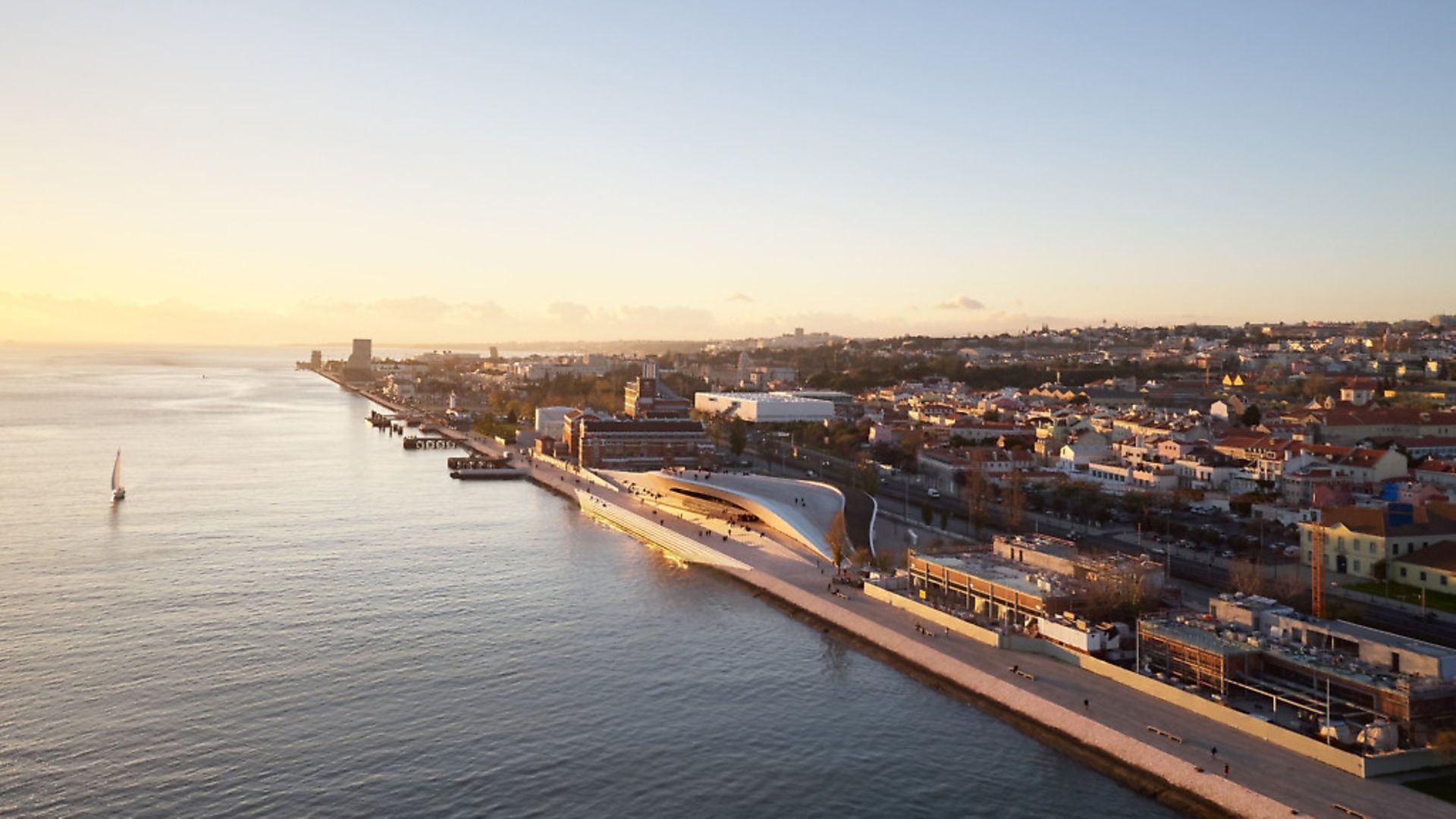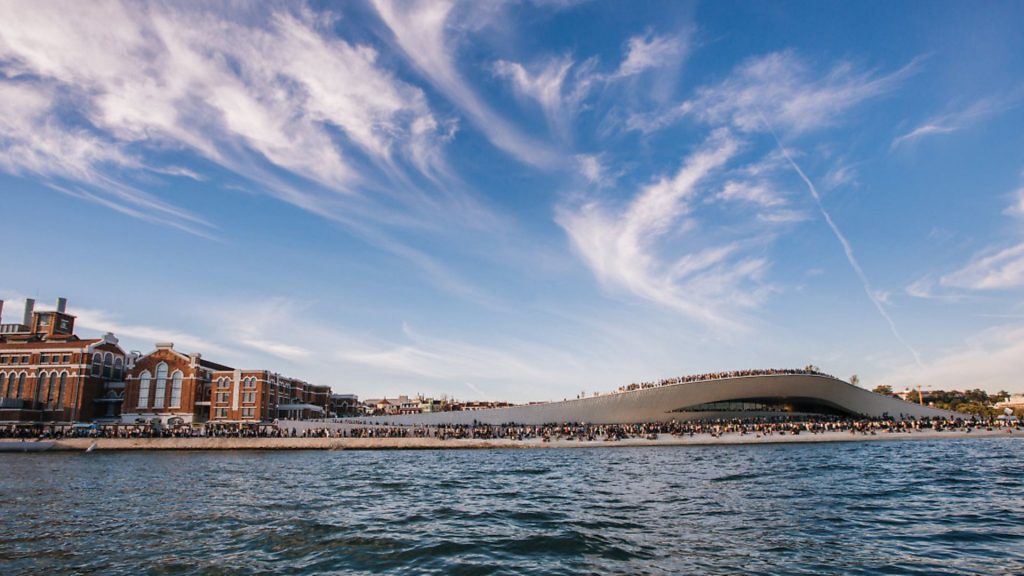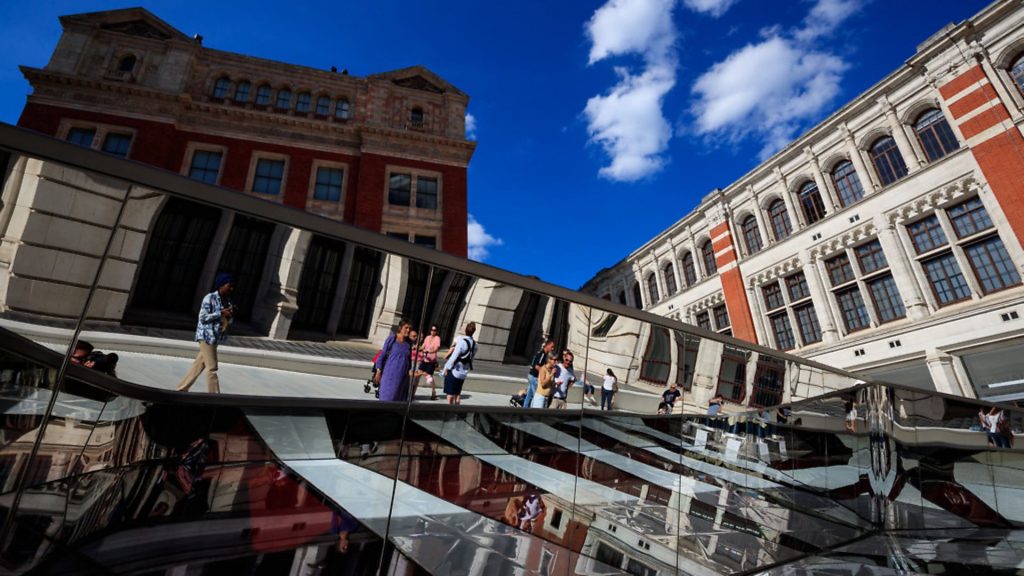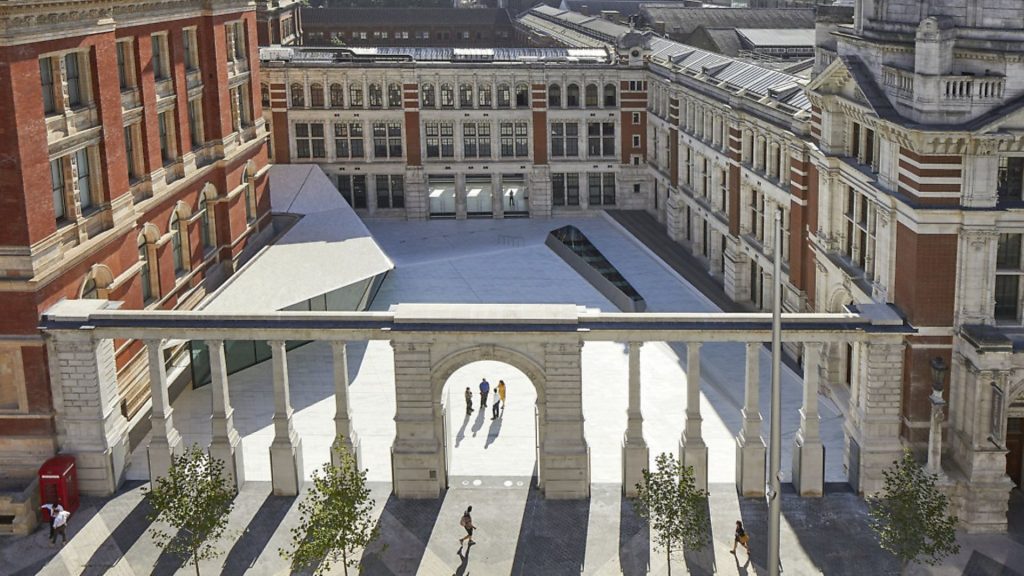
It is no accident that Britain’s creative sector has grown as borders have become more open. Now, decades of progress are in peril, says one of the world’s leading architects

Britain is a part of Europe – whether we’re in or out of the European Union. We’re shaped so much by our common histories that it cannot be otherwise.
As an architect, designing the very physical manifestations of a nation’s identity in the form of its buildings and cities, I am naturally receptive to the idea of a union that is social and cultural as well as economic.
But in the decade or so leading up to last year’s referendum, politicians from across the spectrum failed to convey this sense of a union. They all lapsed in a rhetorical monotony of what Britain could extract not what Europe could achieve together. It was a language that dominated the debate, with the Remain campaign differentiated from its opponents only by the (mostly economic) value of what they said Britain could extract by staying in the EU.
In his book The Unconscious Civilization, John Ralston Saul explores the problems of referenda and describes a system unsuitable for getting to grips with the nuances of our complex relationships with Europe. He explains that societies structured by referenda turn ‘on a mystic evocation of past grievances, gathered together into a churning, aggravated spleen, where they are magnified and isolated from reality. Everything that is not a grievance disappears. This anger is then dovetailed into a heroic solution. Simple, absolute, salvatory. An answer… A simple ‘yes’ or ‘no’ and history, [the citizenry] are told, will be changed, as if by the wave of a magic wand.’

It is in some ways it is no surprise that people voted to leave when given a choice like that. To appropriate an old saying, we may have lost the war, but now we need to win the peace. Our politicians need the support of civil society to help ensure that post-Brexit Britain is not seen as a small, insular and isolated island.
If we do not send a positive message, future collaborators or partners will inevitably think twice before working with British firms. It is a negative effect that will be felt quickly and sharply.
During my time as an architect I have seen how open borders have enriched the discipline. It is because of the free movement of labour that British architecture is now seen as a world leader in the field. So there can be no compromise in free movement or the opportunity to recruit freely to maintain that position.
Architecture feeds off diversity: the diversity of skills and perceptions. It is only through attracting and retaining talent from Europe and the world that we can continue to create the collaborative environment that allows architecture to flourish.

At AL_A, the studio I founded, we are over 50 people strong. We employ architects from 18 countries, and over half of our staff are non-British EU citizens. They each have differing perspectives and approaches, different architectural and cultural references. This makeup is replicated in countless studios across Britain who work internationally – where talent has been attracted by our fostering of creativity as well as unlimited access to European markets.
In my office, the feeling of uncertainty amongst my colleagues is palpable. Many of these young architects have made their homes here – they are venturing onto the property ladder, having children, putting down roots.
I dare not ask the question, but the sense of an open community in London is a big part of the allure. There are other cities competing in this respect that are more affordable places to live – Lisbon or Berlin, to name but two – and this is a real threat. They are mobile and ambitious, but a sense of community is extremely important to them.
We need to send a message that they are welcome. Talented young professionals who want to make homes in the UK will go elsewhere if we lose our reputation for tolerance and diversity.
Even before the advent of the EU, British architecture was enriched by many émigrés, such as Berthold Lubetkin or Erno Goldfinger, who helped to advance modernism. The fine buildings that resulted are testament to a country that welcomed such talented ‘refugees’.
My current practice grew out of its predecessor Future Systems and we would not be doing what we are now if it was not for my time with my late partner, Jan Kaplicky. He arrived as a Czech émigré from Prague in 1968 fleeing from Communism. The warm welcome he received here convinced him to stay and his influence on British architecture is unquestioned.
In the 20th century, Britain went from the position of being the ‘workshop of the world,’ when we sent finished goods across the globe, to now importing innovative minds and exporting ideas. It’s no accident that our creative sector has grown as our borders have become more open. Britain’s creative industries are regarded as world-leaders. As architects, we are not only creators, but entrepreneurs – thousands of people are employed in the sector and it generates millions of pounds in revenue. But this is about much more than just economics.
The positive and multiple economic impacts created by architecture will only be watered down by the loss of talent and the result will be that the UK will lose its pre-eminence on the world stage.
British architectural studios produce work across the continent and the world. AL_A’s recent projects stretch from Lisbon, where MAAT, the Museum of Art, Architecture & Technology, opened in October 2016 to a new scheme across 39 sites in Moscow to a metro station under construction in Naples. We’ve been entrusted with the remodelling of the Galeries Lafayette Haussmann department store in Paris, an icon of the city that receives 37 million visitors each year—more than the Louvre (9m) and the Eiffel Tower (7m). This project is about l’art de vivre à la Française as much as it is about a department store, so in effect we’re looking at what it means to be French. To realise these projects we need the most talented and multilingual architects as well as their local knowledge and experience of context and regulations in different countries.
There is a virtuous circle created by the continued profile of British practices across Europe and the world as it enables us to recruit the best talent, allowing us to design and realise outstanding projects, and thus perpetuate this pre-eminence. Any weak links in this chain – including barriers to recruitment – will lead to a downward and vicious cycle that would be extremely difficult to escape from.
Education is, of course, key. If we want to continue to attract the best and brightest minds to our world-class schools, then we need to extend a sense of welcome to them that is not compatible with impenetrable borders.
Students from abroad bring a variety of cultures and references that enrich our colleges. We need to find alternatives to stringent student visas that put talented people off coming to the UK – and negotiate a reciprocal means for British students to continue to study across Europe.
We cannot be complacent and need to realise that there are other cities that are attractive to students and new graduates. We need to compete with their allure and their affordability.
Last month, the V&A Exhibition Road Quarter designed by AL_A was opened to the public. Looking back on over six years of work made me question if such a project would be possible in post-Brexit Britain.
In realising the project, we depended on talent and expertise from architects and specialist contractors not just from Britain but from across Europe. The porcelain tiles for the courtyard and the glazing for the oculus and café were both produced in the Netherlands, while the gates were fabricated by the best of British manufacturing in Telford and the gallery ceiling made by a company based in West Sussex.
So my message to the Government is do not mess with this trans-European collaboration. It’s not just about trade and what we can extract, it’s about culture and society. It’s about the exchange of talent, excellence and quality and respect for each other’s nations. It has taken decades to build this spirit of co-operation but it could be unbuilt in months.
I will always try to work both in Europe and around the world and continue to express a commonality of ideals – of democracy, openness, tolerance, and creativity.
We now need to mobilise to hold our leaders to account and to ensure that they do the same to make Britain a bastion of hope.
Amanda Levete is a RIBA Stirling Prize-winning architect and founder and principal of AL_A, an international award-winning design and architecture studio. She trained at the Architectural Association and worked for Richard Rogers before joining Future Systems as a partner in 1989, where she worked on ground-breaking buildings including the Media Centre at Lord’s Cricket Ground and Selfridges in Birmingham
Warning: Illegal string offset 'link_id' in /mnt/storage/stage/www/wp-includes/bookmark.php on line 357
Notice: Trying to get property 'link_id' of non-object in /mnt/storage/stage/www/wp-includes/bookmark.php on line 37






